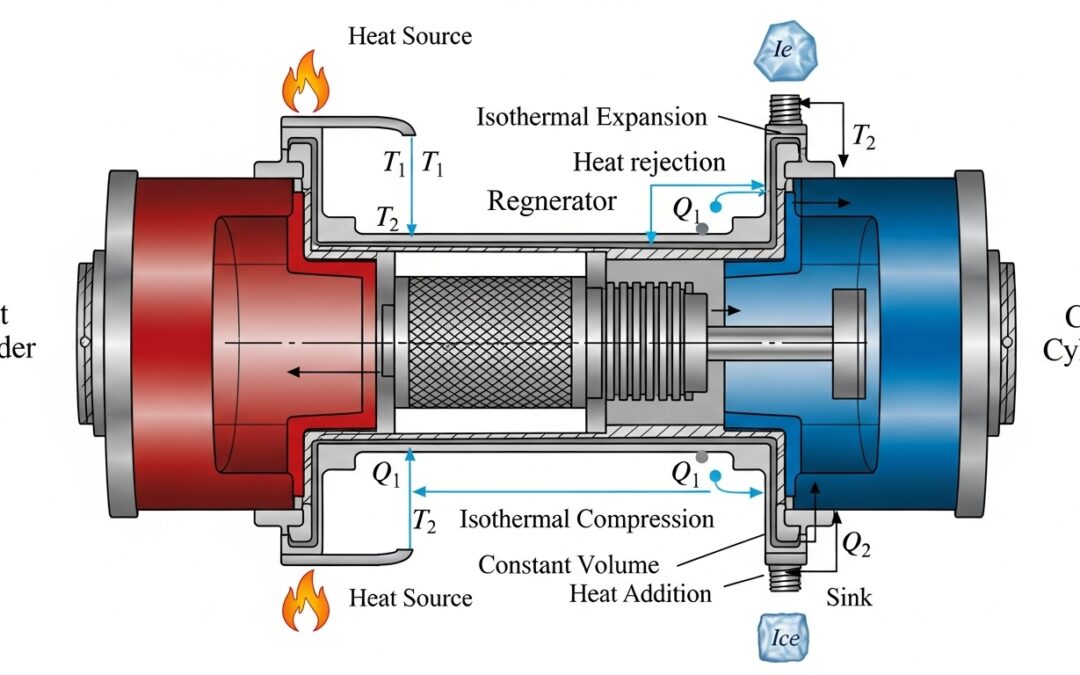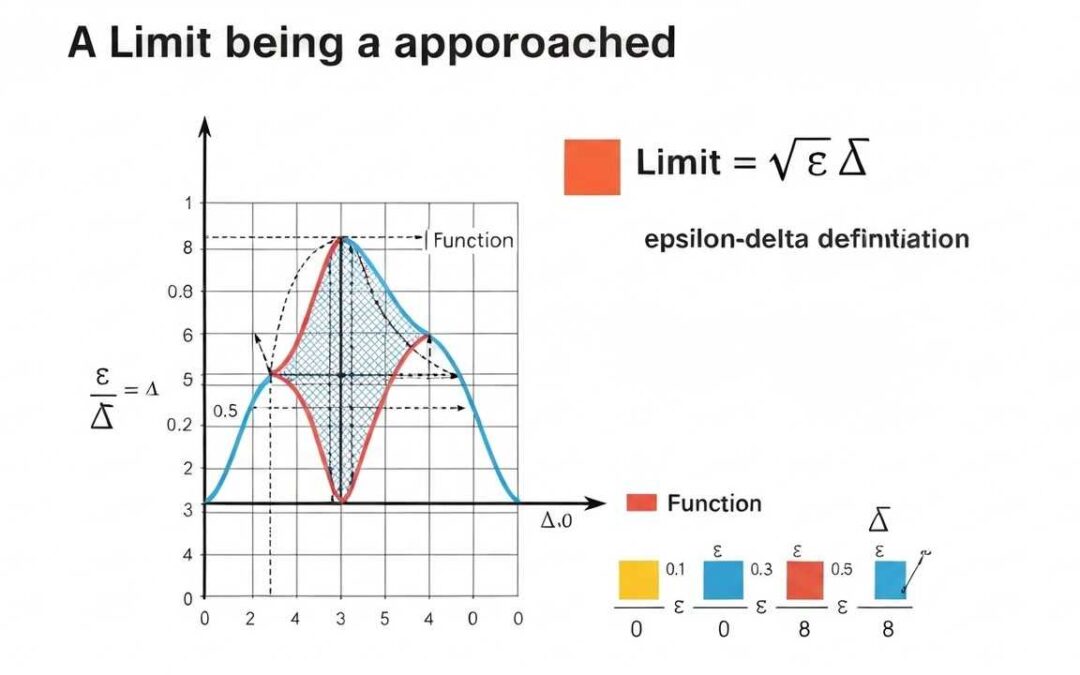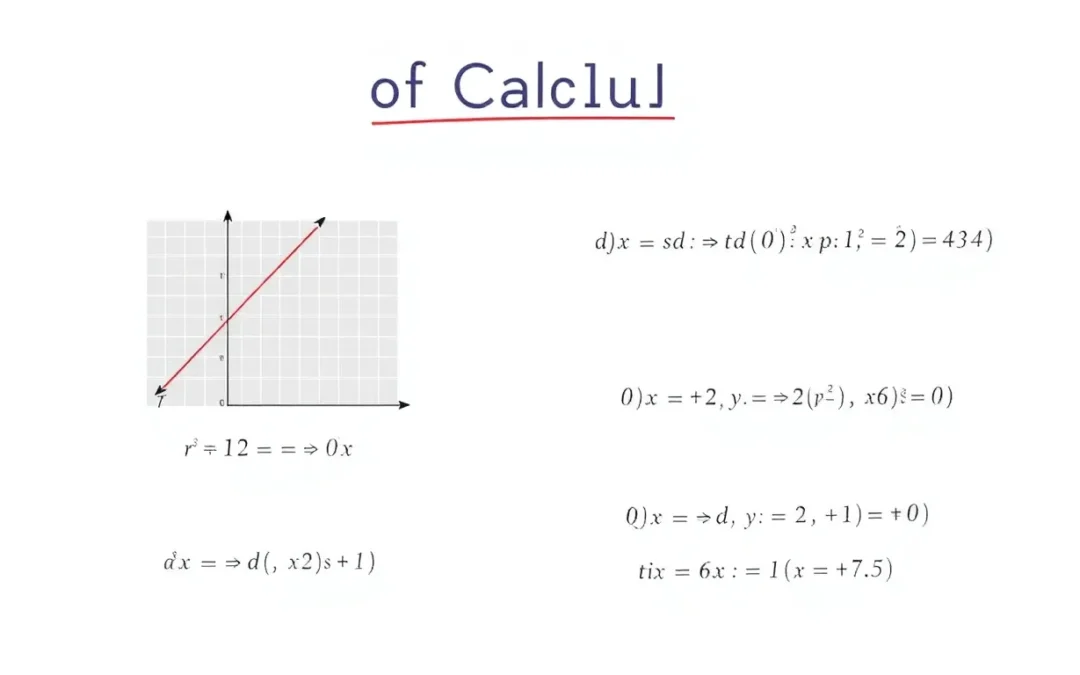We have \( \lim_{\theta\to0} { \sin\theta \over \theta } \) = 1
Consider the below diagram.

We have
r = radius of the circle.
A = centre of the circle.
The sector ⌔ formed by the arc BD subtends an angle θ at the centre.
Case 1 : θ > 0 i.e. θ is +ve
Let 0 ≤ θ ≤ \( \pi \over 2\)
area △AOB = \( {1 \over 2} × BD × OA \) = \( {r \over 2} BD \)
area △AOB = \( {BD \over OB } \) = \( {\sin\theta} \)
⇒ BD = \(r \, {\sin\theta} \)
∴ area △AOB = \( {1 \over 2} \,r × r {\sin\theta} \) = \( {1 \over 2} r^2 \sin\theta \)
area ⌔ AOB = \( {\theta \over 2?} × ? \, r^2 \) = \( { 1 \over 2 } r^2 \theta \)
area △AOC = \( {1 \over 2} × OA × CA \) = \( { 1 \over 2 } r CA \)
also, \( { AC \over OA } = \tan \theta \)
⇒ AC = OA \( \tan\theta)\) = \( r tan\theta \)
∴ area △AOC = \( {1 \over 2} r^2 \tan\theta \)
Case 2 : θ < 0 i.e. θ is -ve
In this case, let θ = -\( \beta \)
then
\( \lim_{\theta\to0} { \sin\theta \over \theta} \) = \( \lim_{\beta\to0} {\sin (-\beta) \over -\beta} \)
= \( \lim_{\beta\to0} {\sin \beta \over \beta} \) = 1
Thus,







0 Comments